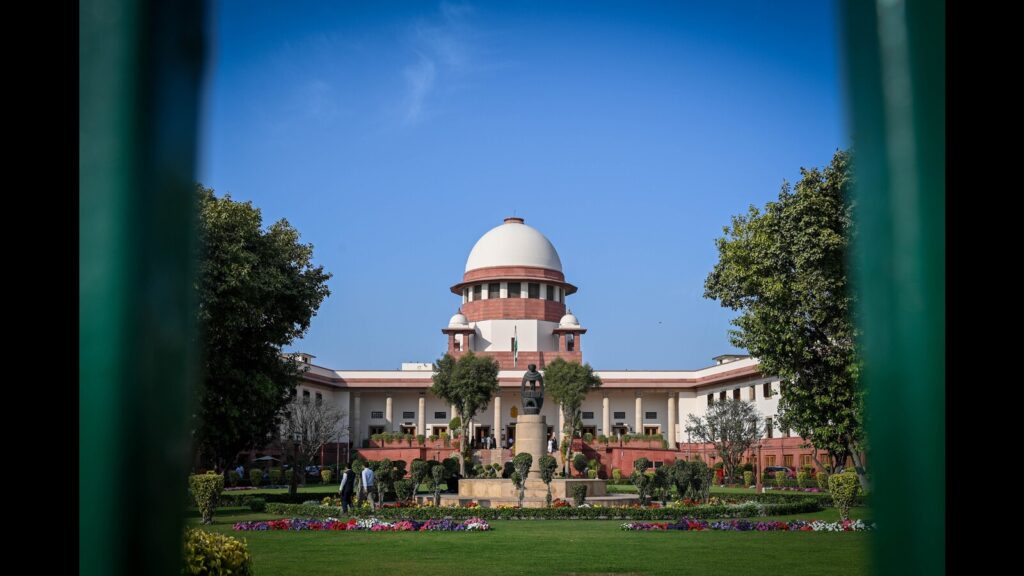A democratically elected government must be allowed to serve its constituents. This is the message at the heart of the significant Supreme Court judgment this week that confirmed that the Aam Aadmi Party (AAP) government controlled bureaucrats assigned to departments that are legally within its purview. The 105-page order by a Constitution bench headed by Chief Justice of India DY Chandrachud breathes life into the federal balance of power that is critical for effective management of India’s Capital, and upholds the supremacy of elected representatives. The verdict – the second by a Constitution Bench in five years over the sharing of power between the Union and Delhi government – will hopefully put to an end an acrimonious turf battle for control of power that has paralysed governance in Delhi for the past year and triggered unseemly political squabbles.
At the root of the dispute lies Delhi’s unique status as a Union Territory with an elected assembly and government, which also serves as the national Capital. Since the first assembly elections in the city in 1993, the Capital has had two power centres: One in the chief minister’s office and the other at that of the lieutenant governor (LG) , a functionary who reports to the Union home ministry. For several decades, by serendipity or arrangement, the two managed to work with each other, but this working relationship has frayed in recent years. With mounting confrontation between Raj Bhavan and the chief minister’s office, the perception that the elected government in the city was increasingly being rendered ineffectual took hold as the LG sought to expand his purview, especially after amendments to the Government of National Capital Territory of Delhi Act were passed in 2021. This stand-off created a vortex of annulled appointments, notifications issued and then withheld, policies caught in limbo, dharnas and street protests, allegations that a senior bureaucrat was assaulted, and an apparent breakdown in communication between the two principals. At one point, bureaucrats were forced to go on a protest alleging they were caught in the crossfire. Though the showdown began as an administrative affair, the political edge to the battle was unmistakable, especially because, on the ground, it often translated into a fight between the AAP and the Bharatiya Janata Party (BJP). The top court’s unanimous verdict will hopefully put to rest this unbecoming political fracas.
In the top court, the Union government argued that Delhi was a Union territory and did not have its own public service like other states and that control over the bureaucracy ought to rest with Centre owing to the national and international implications of Delhi being the national Capital.
But the court didn’t agree with these interpretations. It found that a “constitutionally entrenched and democratically elected” government needs to have control over its administration. It was clear that in a democratic form of government, the real power of administration must reside in the elected arm of the State and underlined that an unaccountable and a non-responsive civil service may pose a serious problem of governance.
By stressing on the importance of cooperative federalism, the verdict cautions against the excesses of political overreach. But as the Delhi government’s application in the apex court on Friday showed, such change in hardwired political attitudes may be slow to germinate. Nevertheless, the judgment showed the way forward – for responsible and sensitive governance, for politicians to focus on their constituents rather than each other, and for respecting the mandate of the people. In a democracy, nothing less will do.

